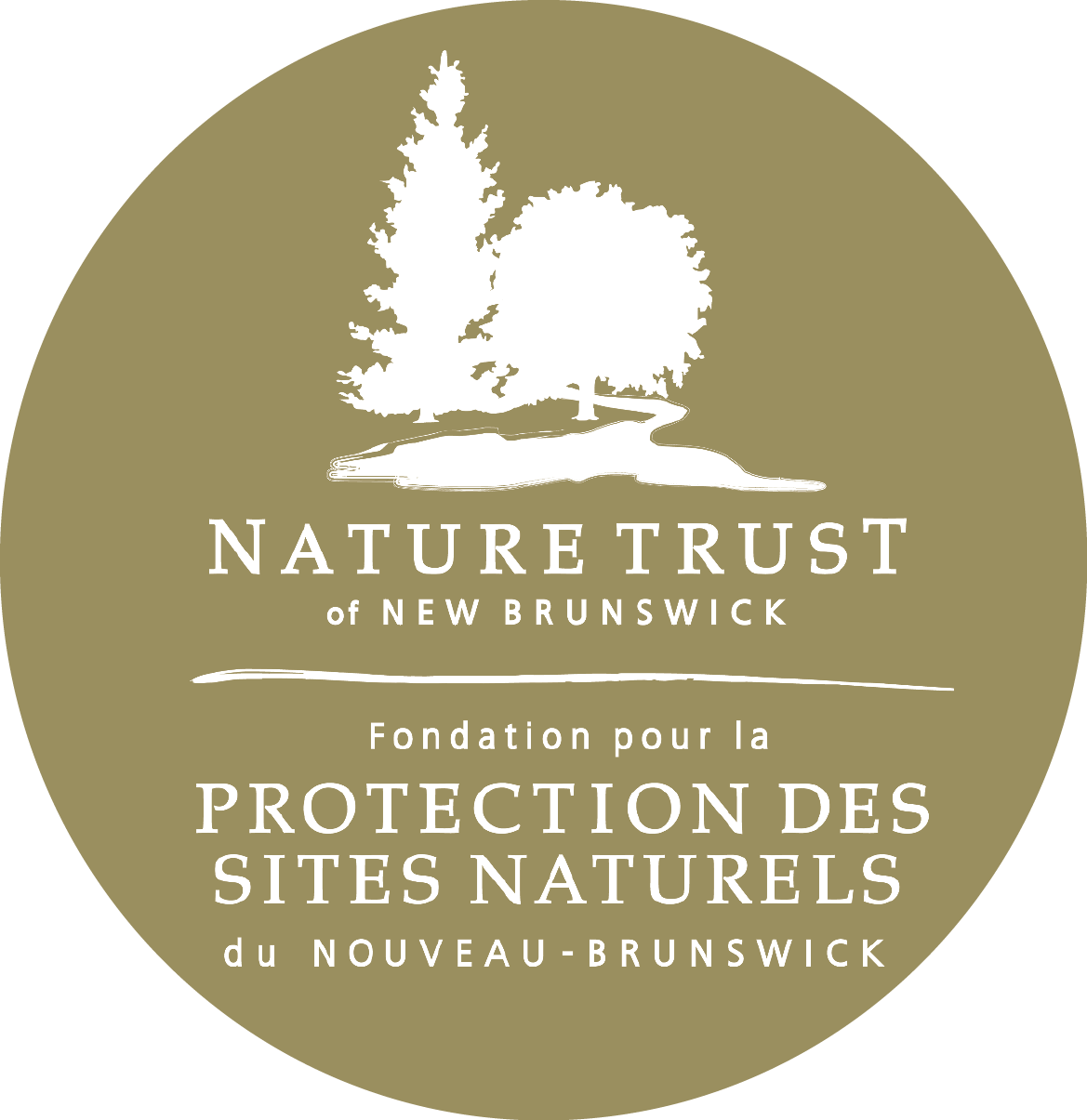Overview
Located behind the Sunset U-Pick berry fields at 49 Ferris Street, the 16 hectares (40 acres) of land that makes up the Ferris Street Forest and Wetland Nature Preserve hosts an incredible diversity of wildlife and features a well-established trail system through mixed forest for residents and visitors to enjoy. The City of Fredericton owns the property and works with the Nature Trust to protect this land through a license agreement.
History
The land that is now the Ferris Street Forest and Wetland Nature Preserve has a long history of farming, dating back nearly a century. It was owned by the ‘York County Municipal Home’, which was established in 1921 for underprivileged members of every parish in York County. People without a social network who were ill, elderly or living in poverty, were cared for by the county at municipal homes. The property was used for farmland by the residents of the home, where they raised crops to feed themselves, their horses, cows and other animals.
In 2011, the land came into the attention of concerned community members, as it was re-zoned from green space to residential area for future development. In December 2011, 40 community members gathered at a public meeting to discuss their concerns about the potential loss of the land to city expansion. From that meeting, a group of volunteers, forming the Friends of Ferris Street, committed to canvas door-to-door to gather signatures in support of having the Ferris Street property protected as green space.
After collecting over 4000 signatures from all 12 wards of the City, the Friends of Ferris Street presented the petition to City Council, with letters from residents of the area and expert reports describing the ecological value of the property. The campaign resulted in the re-zoning of the property as ‘Agricultural and Open Green Space’.
Determined to ensure this land would remain in its natural state forever, the Friends of Ferris Street did not stop there. They approached the Nature Trust in hopes of working with the conservation group to secure more permanent protection for the land. In August 2015, the City entered into a 10-year license agreement with the Nature Trust to conserve the land. The Friends of Ferris Street continue to be involved as the stewardship group for the nature preserve and are always looking to recruit new volunteers
Ecology
The Ferris Street Forest and Wetland contains rare and fertile alluvial soil, deposited thousands of years ago by the river systems. It is home to a wide range of amphibians, insects, birds and mammals. In particular, there are many species of birds to be found in the area, including bald eagle (Haliaeetus leucocephalus), olive-sided flycatcher (Contopus cooperi) listed as threatened by the Committee on the Status of Endangered Wildlife in Canada, and great horned owl (Bubo virgianus). The Provincially Significant Wetland found on the nature preserve provides water for both the berry crops at Sunset U-Pick, as well as the resident wildlife. The northern edge of the preserve borders the Nashwaakis Stream which feeds into the Saint John River.
The forested area contains Acadian forest tree species and performs many essential tasks for the well-being of neighbouring urban areas, including carbon sequestration, water catchment and filtration, noise and dust reduction, and provides important wildlife habitat. Pollinators find shelter here over the long winter months. Without wild bees and other pollinators, local food and berry crops would disappear.
Access and Activities
Complete with footpaths, the property is well-loved and maintained by the Friends of Ferris Street year-round. Walking, running, cross-country skiing, snowshoeing, and bird watching are all permitted activities. Dogs are required to be kept on leashes within the nature preserve.
*The property is undeveloped and there are a variety of hazards and risks associated with accessing this preserve. While this nature preserve is open for public access, visitors must assume responsibility for their own actions and safety and are to use the land at their own risk.


